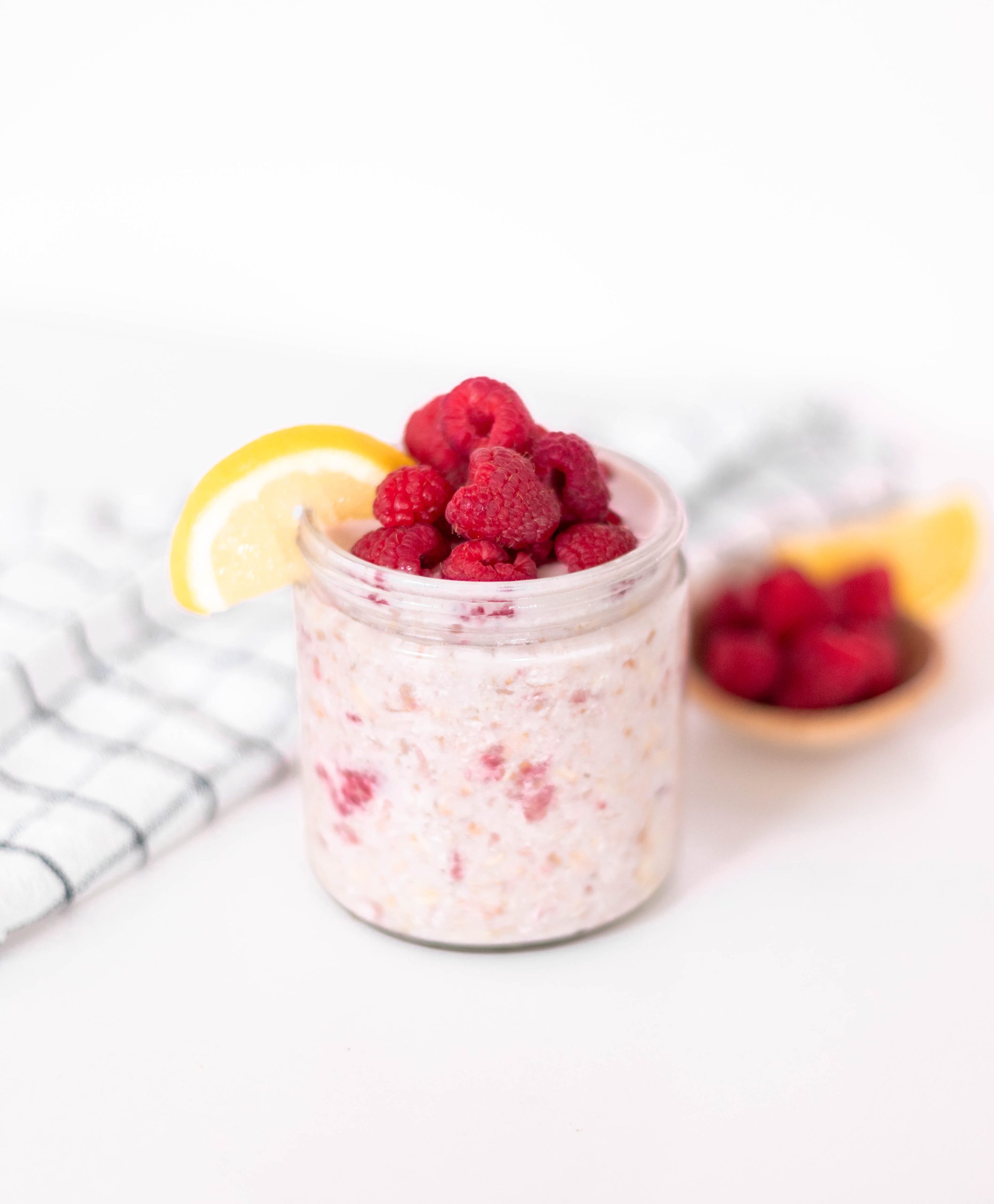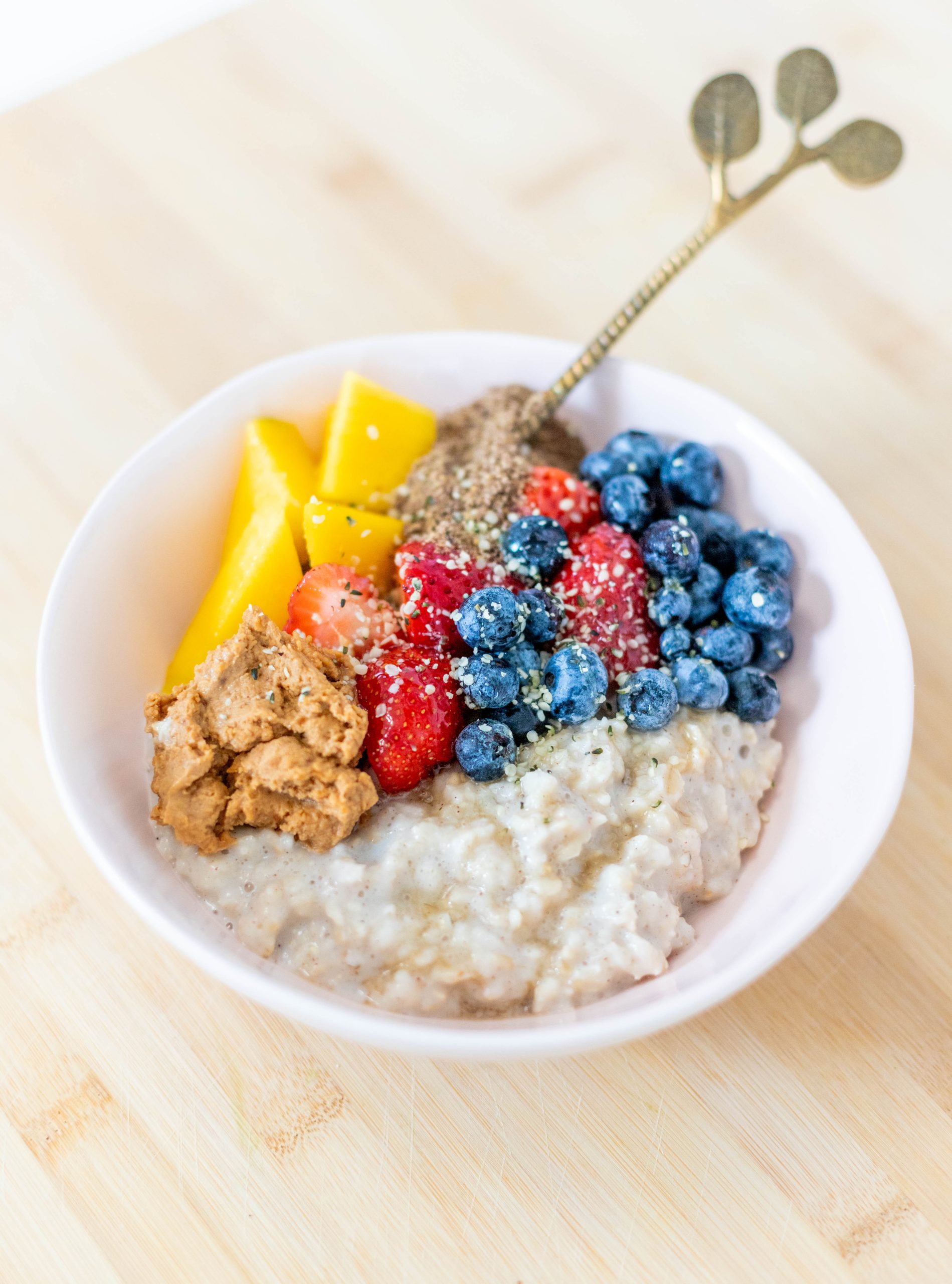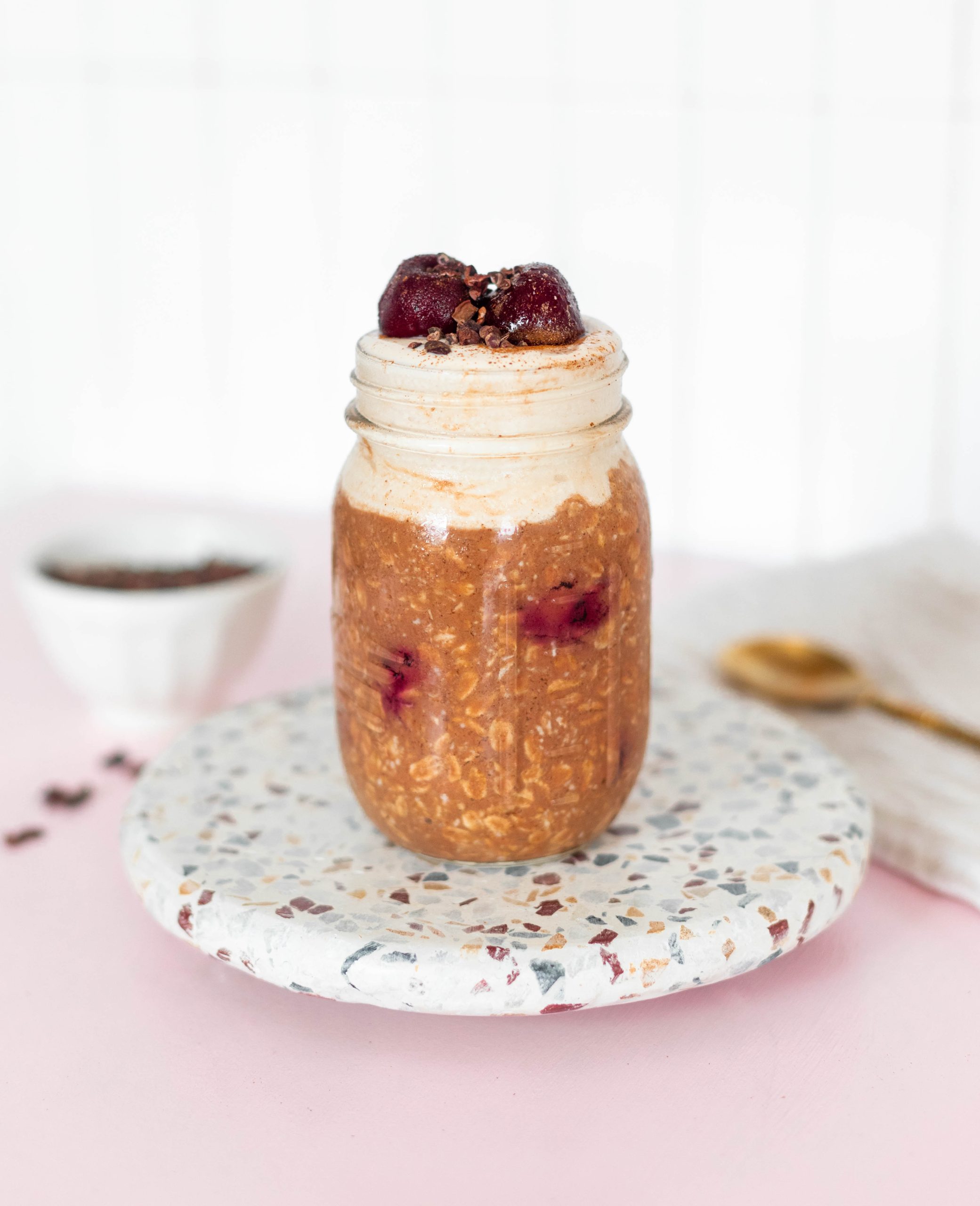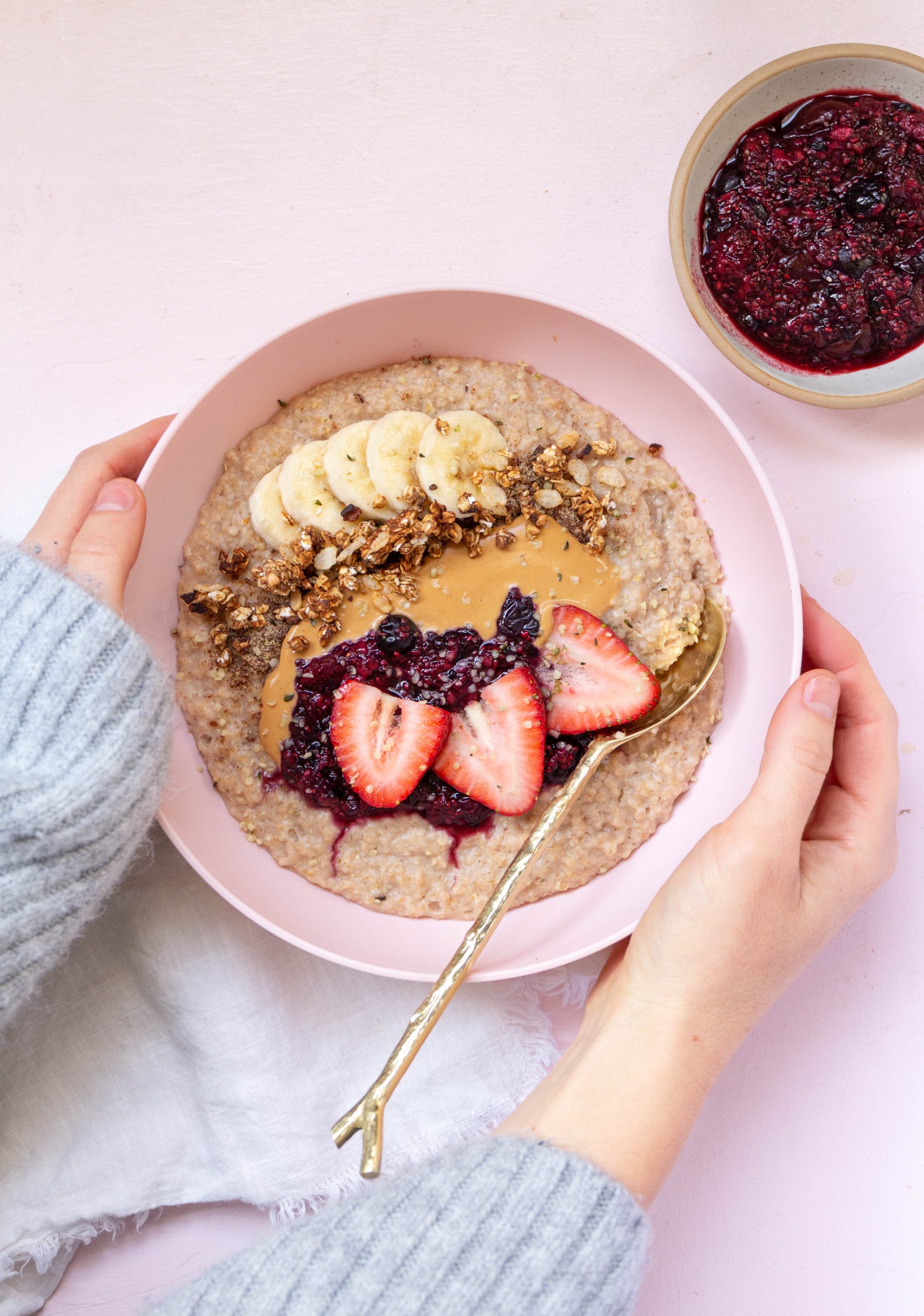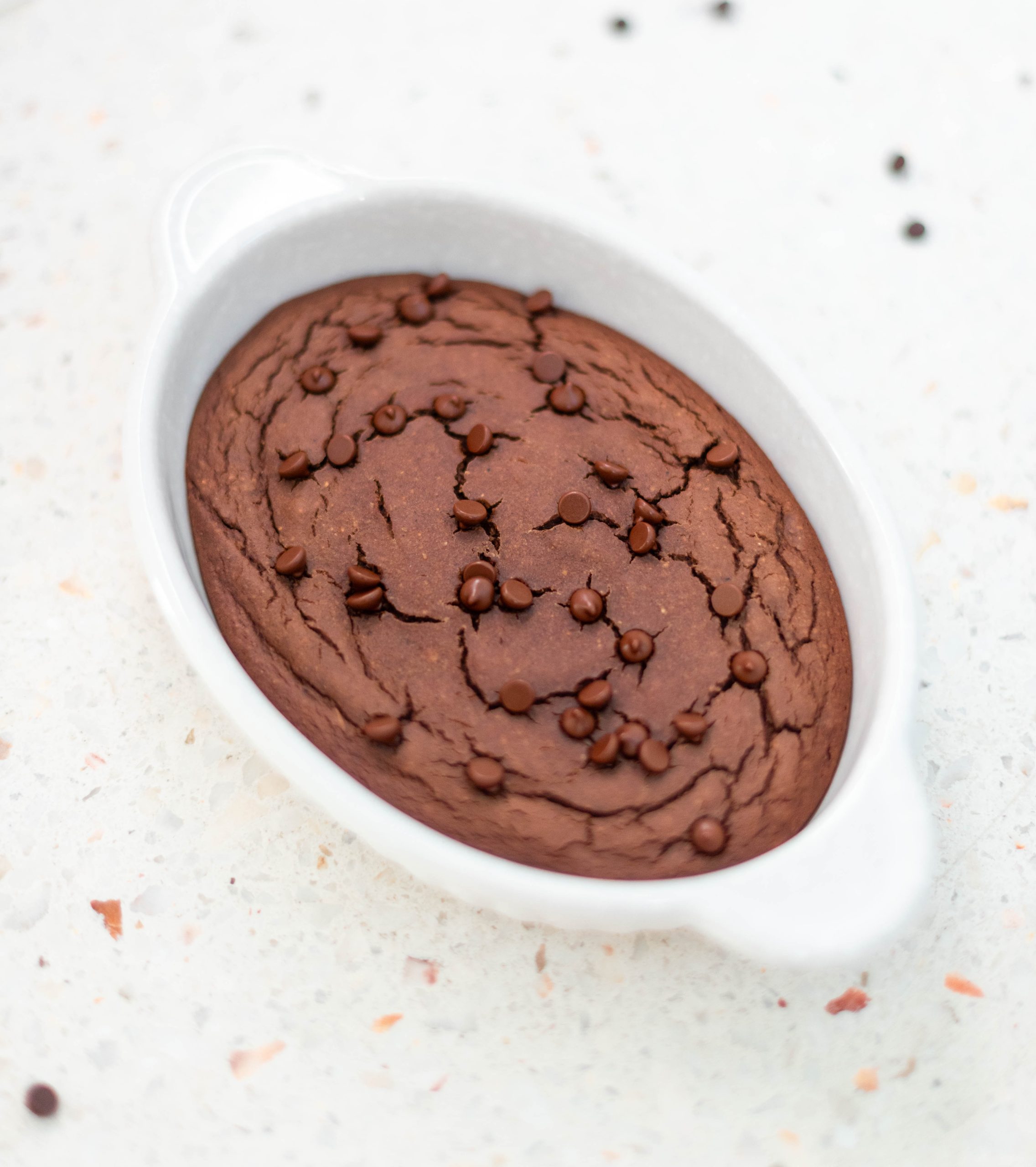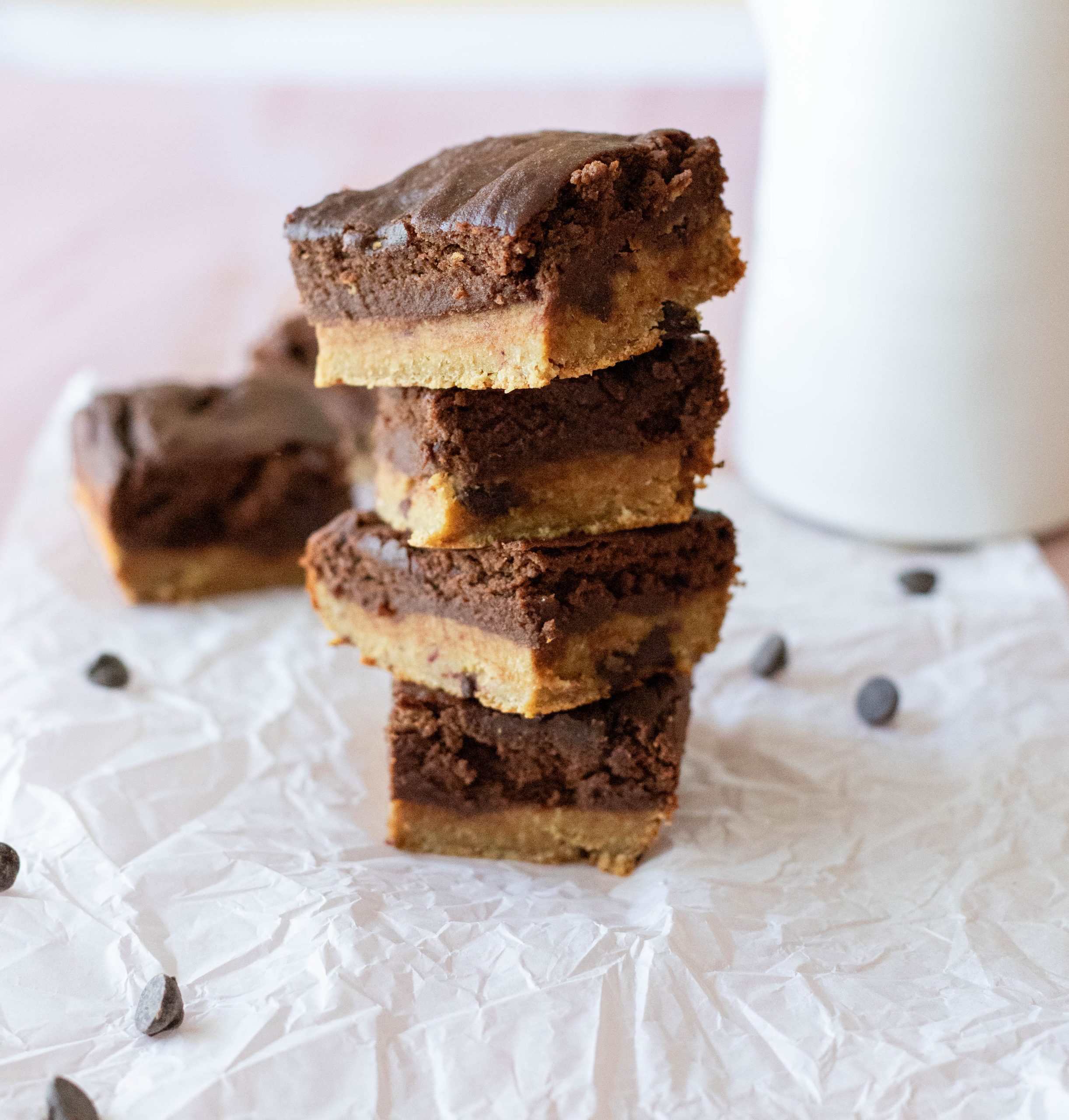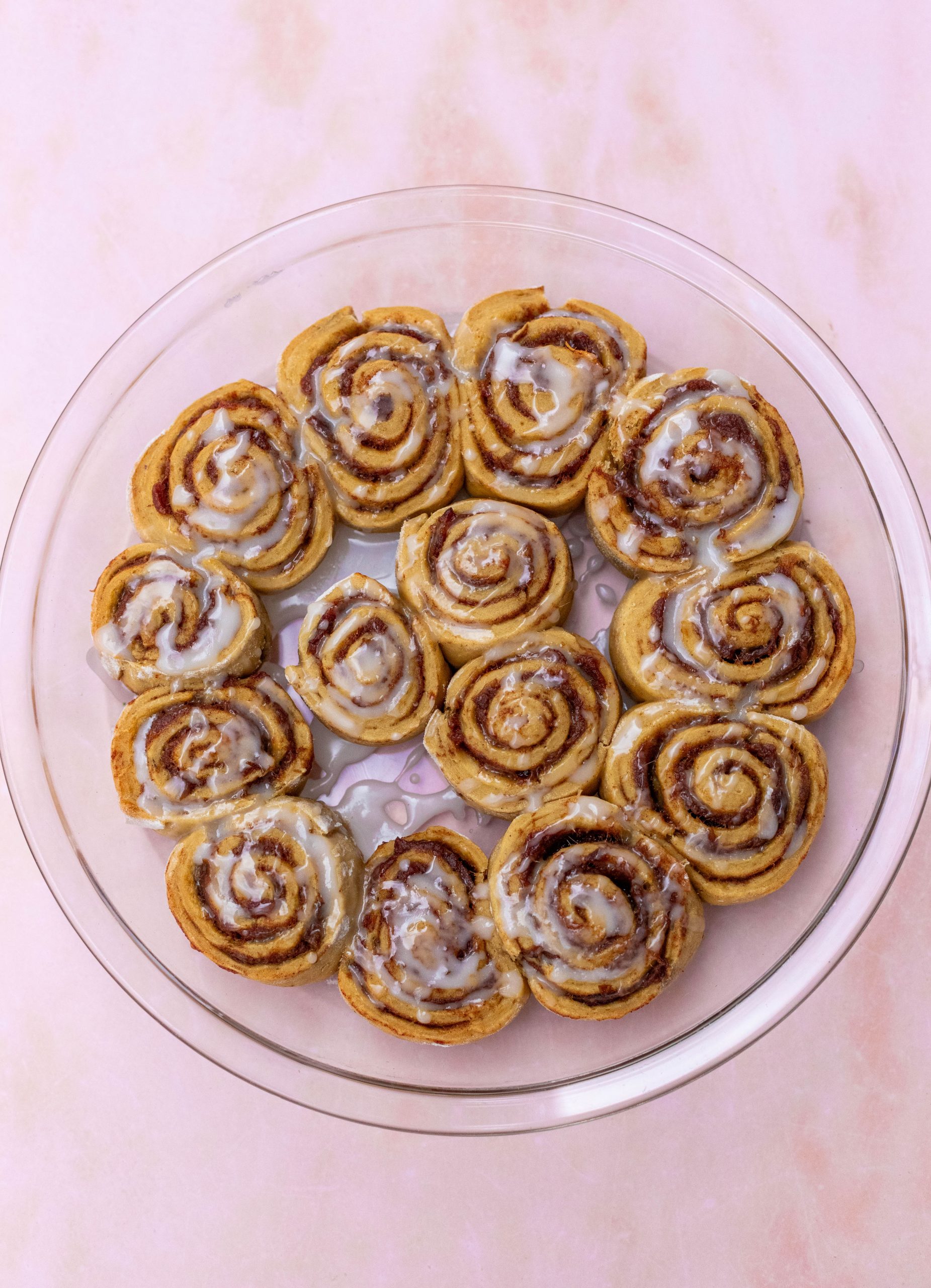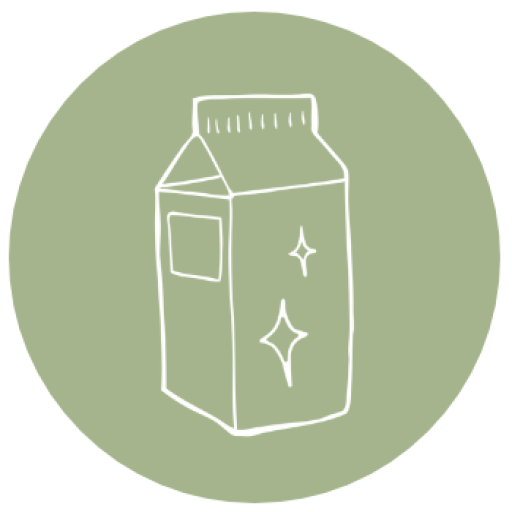Have you ever tried counting calories or cutting your portion sizes in an effort to lose weight? If so, you know how tedious, unsatisfying, and hard it is to stick to. We have been trained to think we can’t have satiety if we want to lose weight. Through understanding calorie density, we can learn to eat more and maintain a healthy weight.
Luckily, that is simply not the case. You will be able to eat in abundance and never go hungry all while losing weight. You don’t need to eat less food. In fact, you can cut your calories in half and double your portion sizes by understanding the principles of calorie density!
What Is Calorie Density
Calorie density is a measure of the number of calories in a specific amount or volume of food. This means that two different foods with the same serving size may contain different amounts of calories. For example, one cup of cooked rice and one cup of cheese could have entirely different calorie counts because they have different levels of calorie density. Generally speaking, foods that are high in fat tend to be higher in calorie density, while those high in water content, fiber, and nutrients tend to be lower in calorie density. Understanding these differences can help you make better decisions about your diet and maintain a healthy weight.
What makes low-calorie dense foods different than high-calorie dense foods? Water and fiber. Since water and fiber contain no calories, foods rich in them have fewer calories with high satiety. These high-fiber and water-rich foods are things like potatoes, rice, oats, lentils, vegetables, and fruit.
Fiber binds with water and increases the volume of food in your stomach, which brings satisfaction sooner with fewer calories. Fiber also slows digestion long enough to prolong the feeling of fullness. This sensation of fullness is key to weight loss.
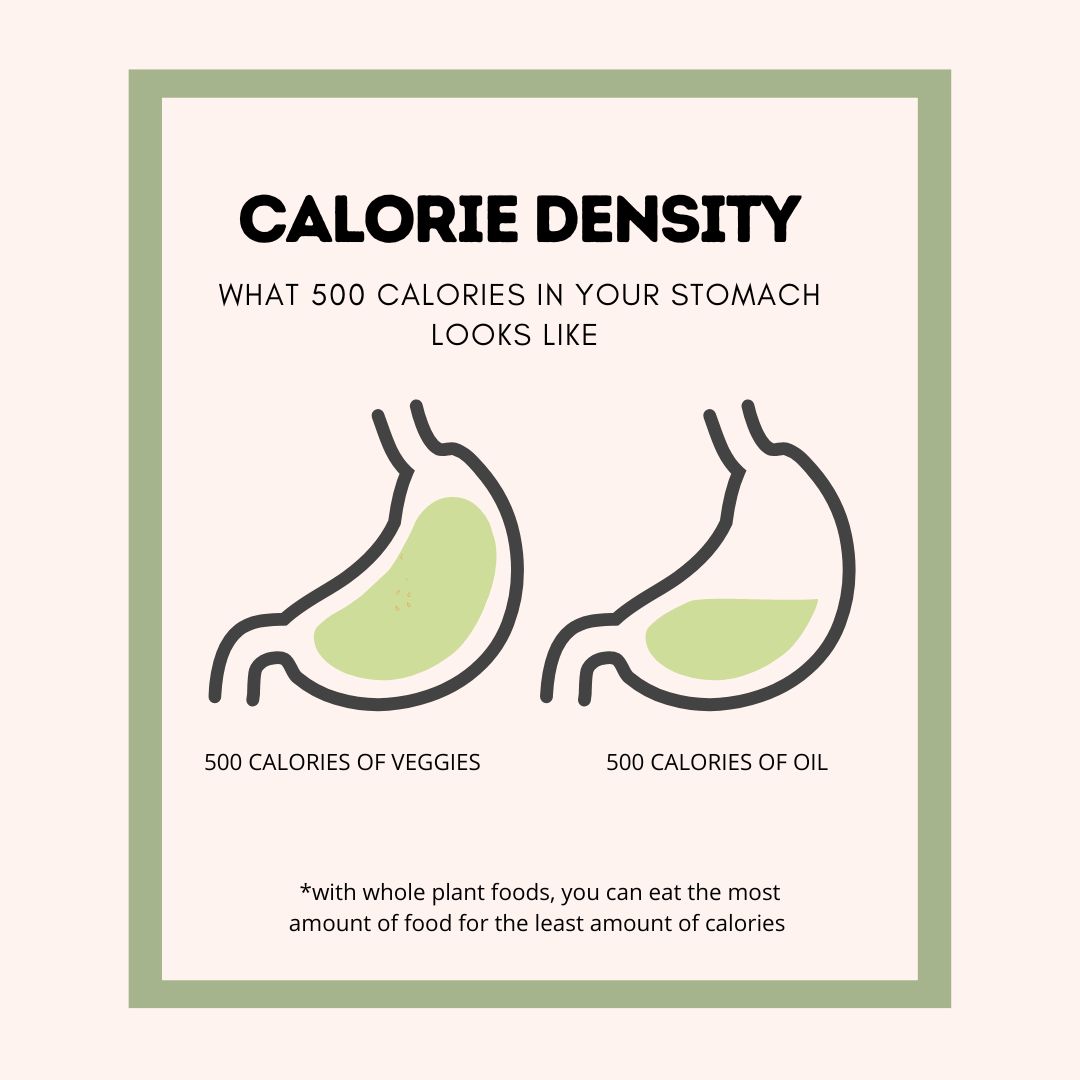
CALORIE DENSITY OF FOOD Explained
Our stomachs can comfortably hold around 4 cups of food. Once our stomach is full, we have stretch receptors in our stomach that tell us we don’t want to eat anymore. That is when the feeling of satiation occurs.
For instance, 6 medium potatoes and 1 cup of cashews are both around 800 calories. It would be easy to eat a cup of cashews in one sitting versus trying to eat 6 medium potatoes. Trying to eat 6 medium potatoes would leave you feeling extremely full. This is because potatoes are made up of water and fiber that take up space in your stomach.
The VOLUME of food is the most important factor. Its about what’s going to fill your stomach with the least amount of calories.
Following the calorie density chart below, you can eat double the amount of food for half the calories. When you fill-up on low-calorie fruits and vegetables, whole grains, beans, and lentils you never have to count calories or cut potions.
If you eat foods that are lower in calorie density, you can feel full, take in fewer calories and as a side effect, lose weight. Just eat more of those lower-calorie-dense foods.
Calorie Density Chart
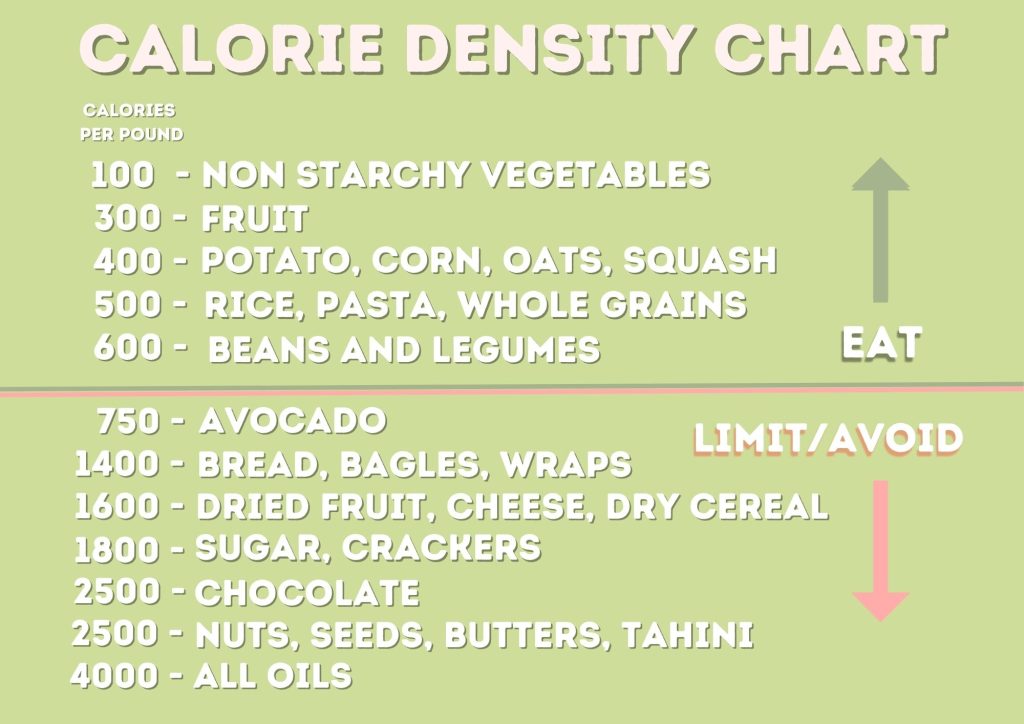
Low-calorie-dense foods
The following are examples of foods you can eat in abundance following the calorie density chart.
- Non-starchy vegetables – broccoli, green beans, zucchini, carrots, lettuce, cucumber, cabbage
- Fruits – berries, apples, pineapple, melon, mango, grapes
- Starches – potatoes, sweet potatoes, oats, corn, millet, quinoa, rice
- Grains – whole wheat pasta, whole wheat bread
- Legumes – beans, lentils, peas
The beauty of eating low calorie dense food is that you can eat more, feel satisfied and lose weight. You can make anything low calorie by simply eating less, but the satisfaction won’t be there. The feelings of fullness is key and when you cut your portions in an effort to lose weight, it’s only natural to get hungry. By eating low calorie dense foods, you are able to eat in abundance and feel full as a result.
USING CALORIE DENSITY FOR WEIGHT LOSS
- Eat More Of The Foods Under 700 Calories Make the majority of your meals and food choices under the 700 calories per pound mark. Eating this way will not only keep you full on fewer calories, but these food are the most nutrient dense.
- Dilute Higher Calorie Meals Fill your meal with veggies or fruit to dilute the overall calories of the meal. Doing this naturally lowers the overall calories AND you can still enjoy foods that are higher in calories. For example, if you want pasta, you could incorporate veggies into your sauce or fill half your plate with veggies.
- Be Aware Of Oil Oil is the most calorically dense food on the planet, so by cutting it out of your meals, you can save yourself hundreds of add calories with ease.
- Begin Your Meal With Veggies You could do this by eating a salad or vegetable soup before each meal. This ensures that you fill up on the lowest-calorie foods prior to eating something higher in calories.
Fruits and Veggies
Following the principals of calorie density is the easist and healthiest way to lose weight. If you need some healthy recipes to get started, check out some of the recipes I created to get the juices flowing.








